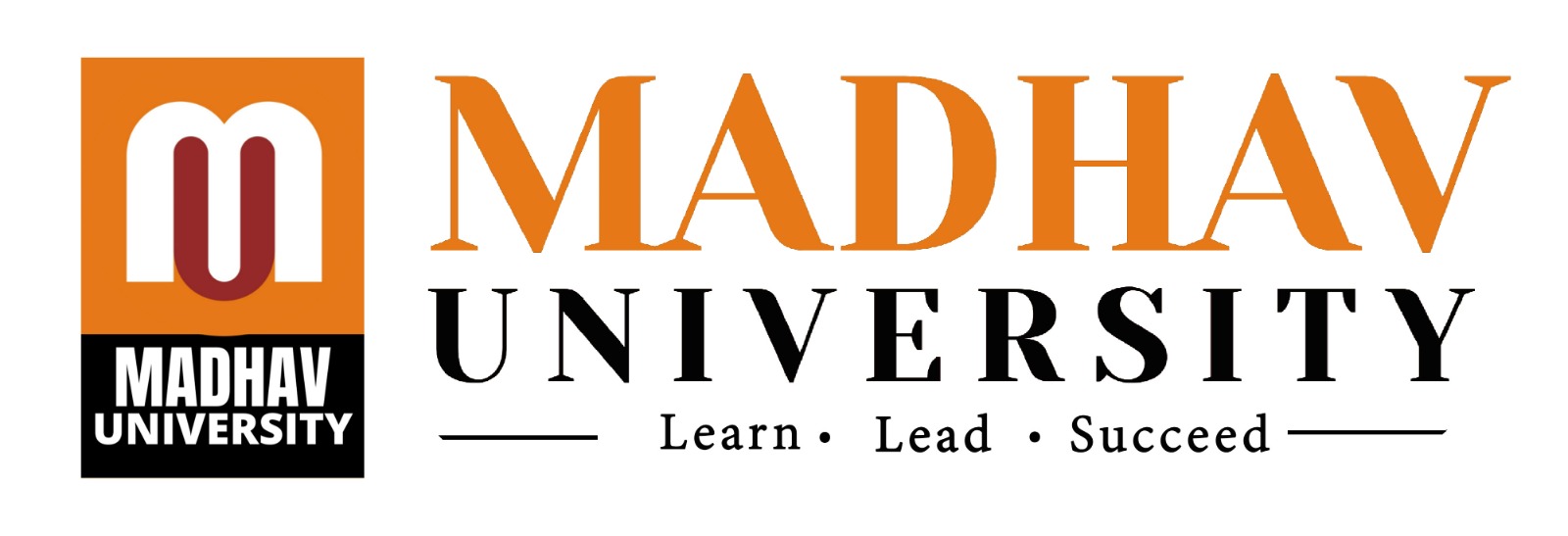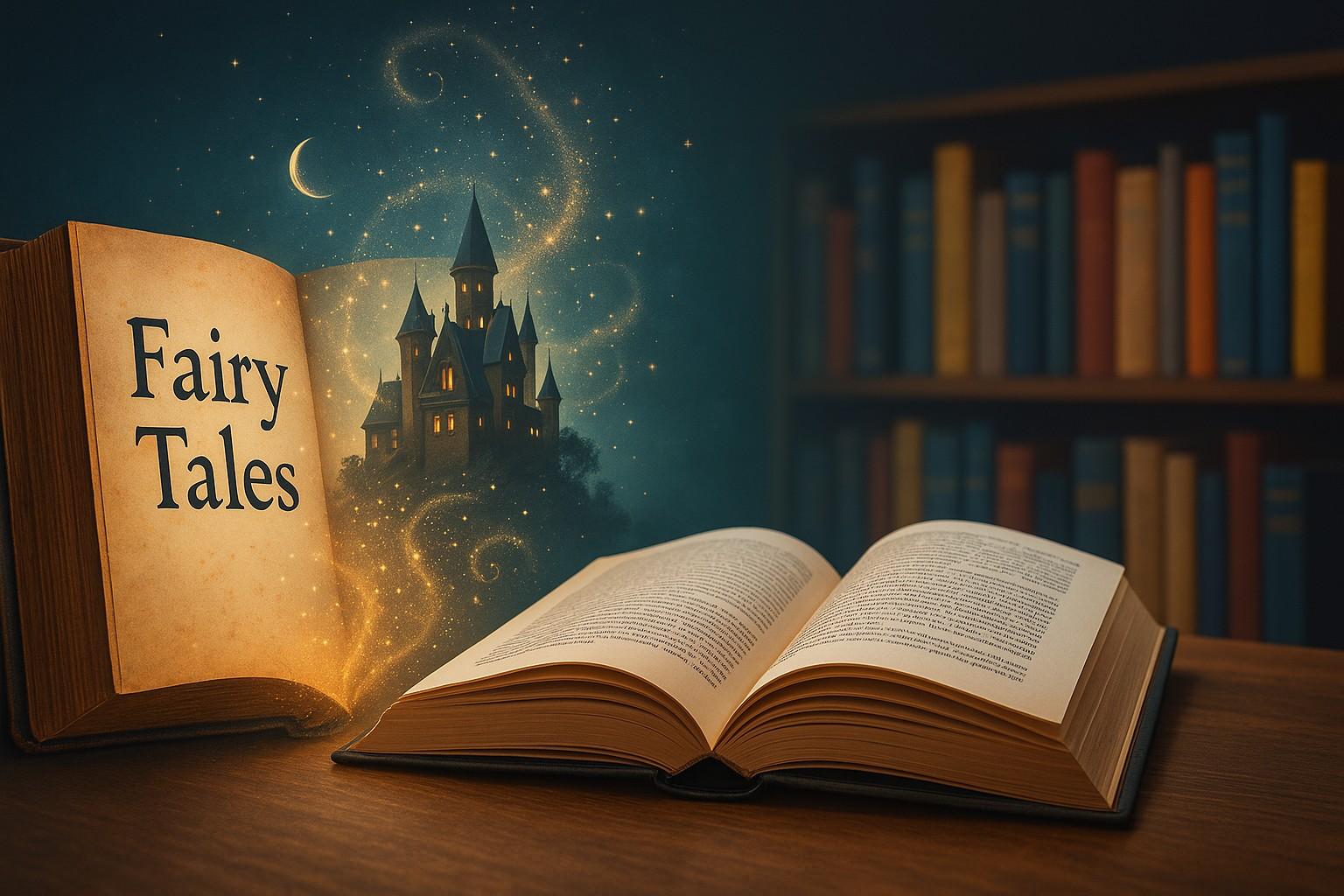There are few things more ingrained in the fabric of human culture than the oral and written storytelling traditions. Stories from the unique rhizome of our deepest held fears, desires, and values. Modern popular culture is filled with spun sugar renditions and unfettered allusions of these age-old stories. Fairy tales in particular have influenced some of the largest segments of storytelling, whether it is in books, movies or television shows. It seems unlikely that there is unfairness in this type of limelight stranglehold. Over time, stories have integrated themselves in myth and epic cycles that have persevered countless years. However, it seems that in our modern society we are experiencing an oversaturation of these types of fables in our modern-day stories.
The nature of storytelling is to interpret human nature and the reasons for existence both through moral lessons and plain escapism. These characters and life lessons were the best way for people to understand and learn a blueprint for their role in society. It was an incubation process that prepared our beliefs. These dramas helped to replicate our personality, culture, and the nature of society. As people mature, they learn to categorize, order, and rationalize the world. These stories were intricately designed to resonate and progress from what we fully understood about particular stages of moral order. In short, we don’t wish to reinvent the wheel; we are equipped with modalities that help us to define existence, our needs, as well as acts including other people we come in contact with. This, in turn, allows us to function within a more acceptable societal context.
Fairy tales as a genre emerged as an independent literary form in France during the second half of the seventeenth century. At this time, fairy tales were written for adults, but initially, they were also held as prose fiction for children. In the middle of the seventeenth century, fairy tales started to be told as a form of social event in higher society, particularly at the court. The narration of fairy tales was associated with education, and when told, the narrator had to create a lively atmosphere, entertaining and capturing the attention of the listeners. An example of a writer who played a key role in fairy tale development was Charles Perrault, who in 1697 wrote “Tales of Mother Goose.”
The book adopted a device exploiting subjects from well-known public consciousness and was an important factor in the genre consolidation, which was adopted in part from traditional or written folklore. The Grimm brothers, who were pioneers in folklore studies, published four editions during the second quarter of the nineteenth century. The Grimm’s Fairy Tales are known for more than their superficial content. Along with other books from the same era, they carry motivations and messages, sometimes very serious. This fact could mean they were not a childlike genre.
Critics indicated that in the majority, these are moralizing stories and examples of behaviors and culture. Many of the stories are related to female characters forced to obey their stepmother or marry against their wishes. There are also stories that involve the use of witchcraft or dangers since birth as a traditional form of a birthmark. The story of Grimm’s Fairy Tales is surrounded by myths. The frightening images and cruel and sexual situations associated with fairy tales are recurrent in modern telling of the stories. The original stories sometimes are animal as a subset of literature. However, the animals do not have any civilizing knowledge or sense of humor admired in the characters of legends.
Literature: Many literary pieces today allude to fairy tales or recreate and adapt fairy tale themes, thus providing further evidence of the continuing influence of fairy tales. Janet Sczierba claims that “The contemporary period may well be called the age of cultural fixation with the fairy tale” because fairy tales have been adapted and modernized by such literary writers as Angela Carter, A. S. Bhatt, and Margaret Atwood. Ferrara explains that “the modification of old tales is a common literary fashion” and Bell and Haas believe that “the attraction of transformation stories is as much a part of twenty-first-century literature as it was of the then-so-called Dark Ages”.
Cardoso states that “in our postmodern society, the deconstruction of the fairy tale mobilizes words and works, with various themes borrowed from the ancient European fairy tales, especially in the English-speaking world” and warns that in this context, “the tale may be broken, but its narratives will never die”. Consequently, fairy tales will be continuously remained and modified, thus coexisting with modern society.
Fairy tales both entertain and guide. Because of this, during the Enlightenment and Romantic movements, writers also produced literary works that were both fairy tale-like and therefore entertained, or those that were designed to have an impact on people to guide them, such as the fable. Although fairy tales were generally considered appropriate for children, they were not considered worthy of study by adult writers or readers because of their association with the oral tradition. However, attitudes have changed, so that today, fairy tales are studied in their own right by adults, rather than being banished to the children’s literature shelf.
– Dr. Hiren kumar Chaudhary, Assistant Professor
Department of English, Madhav University, Rajasthan

